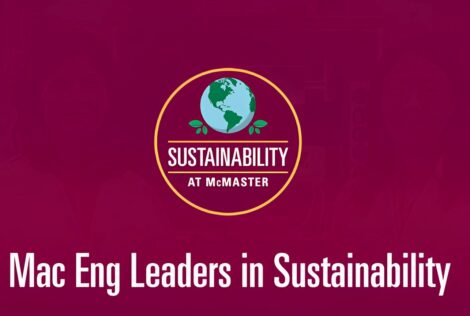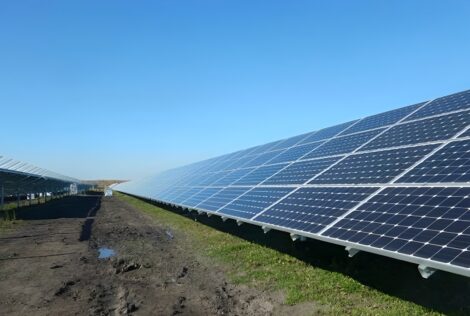

Water is the ultimate Goldilocks product – too little and the land shrivels into desert, too much and we’re paddling.
Still, managing water flow has always been an uncertain business, and never more so than in a world with a changing climate. Simulation models can offer predictions for water quantity and quality, but sometimes the most important thing to know is how much we don’t know.
Calculating and quantifying those unknowns is at the heart of assistant Civil Engineering professor Zoe Li’s work.
“In my research group for hydrological modeling, we develop different methods to quantify uncertainties,” she explains. “Once you can quantify the uncertainties, you are able to assess the associated risk and then you can come up with a plan to manage those risks.”
Known as probabilistic forecasting, Li’s models can analyze circumstances to predict, for example, that the likelihood of a specific river flow rate occurring is 80 per cent.
“This kind of information is more important than one exact number,” she says. “But to get the probability is very challenging.”
Naturally, forecasting the amount of water in a river demands good data on precipitation and temperature. So Li has also turned her attention to climate modeling.
Most global climate models that exist typically offer data with a horizontal resolution of between 250 and 600 km — far too coarse a resolution for use in making local climate predictions. But her team has developed an Ontario-wide project that gathers all collected climate and weather data from various sources and then uses a machine learning process to offer customized climate projections for a specific area.
“We feed the model with the data we have so that it can pick up the pattern,” she explains.
The model offers crucial data for anyone needing climate information. Farmers can use temperature and precipitation predictions for the coming years to decide what crops to plant. Design standards for water infrastructure can be based on the predicted frequency of peak flows over the next 50 or 100 years. It has even been sufficiently downscaled to offer useful data for calculating the estimated energy consumption of a building.
“My work provides decision support for climate adaption and for managing the risks associated with climate change,” says Li.
Applying robust algorithms to data accumulated from the simulation models allows Li to develop real-world optimization models to help guide decision-making related to environmental challenges.
She is currently funded to work with Hamilton-based Hydromantis Environmental Software Solutions on a data-driven forecasting tool to help wastewater treatment plants better predict the quality and flow rates of incoming water. By correlating the impact of factors like weather, snow melt and weekend washing machine use, the tool will provide forecasts that allow the plants to operate more effectively.
Growing up in China, Li says she recognized the impact of environmental pollution issues very early in her life. “When I graduated from high school I didn’t give it a second thought, I just wanted to work in environmental engineering.”


